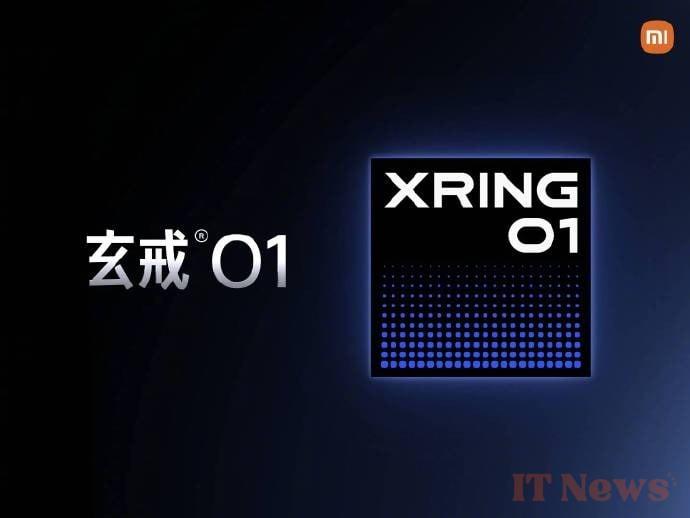In November 2024, a rumor suggested that Xiaomi would also launch SoCs (system on a chip) for its own smartphones. The brand's CEO confirmed the existence of such a chip on his Weibo account, the equivalent of a Chinese Twitter account. Its name: XRing 01. It will be officially launched in May 2025.
The name echoes the specialized chips developed internally for several years by the manufacturer, always taking a letter followed by a 1 like S1, P1, etc.
In a comment, the boss details that the effort to design all the infrastructure necessary for the production of this first chip dates back to September 2014.
Here is the small visual shared for the occasion.
The information could have stopped there, but that was without counting the media Gizmochina which tells us a little more about this chip.
The chip in question is expected to adopt a 4nm engraving fineness. This is slightly behind the standards of the genre, which go down to 3nm. That being said, the Chinese giant would still have turned to the manufacturing champion, TSMC, for a 4nm process, the N4P.
Towards a mid-range chip
Regarding the architecture, Xiaomi would have opted for an 8-core SoC, divided into 1 + 3 + 4, meaning one high-performance core (3.2GHz), three performance cores (2.6GHz) and four cores responsible for efficiency (2GHz). We would therefore be a little far from the 4GHz of a Snapdragon 8Elite for example, which suggests that this first chip would be intended for the mid-range.
In terms of graphics performance, the chip would integrate an Imagination Technologies IMG DXT72 GPU, which would be able to compete with the Adreno 740 of a Snapdragon 8Gen 2, the most powerful chip of 2022. Again, this would clearly point to a mid-range chip for 2025. The Chinese firm would also have integrated a specialized image processor (ISP).
The cost of chips, a problem
Xiaomi is therefore preparing to become the fourth smartphone brand in the world to produce its own SoC. It joins Samsung, Apple and Huawei. How do other brands do it? They turn to companies specialized in SoC design. There are two major ones: Qualcomm and MediaTek, which design the Snapdragon and Dimensity chips. Even Samsung sometimes turns to them for some of its devices.
Becoming a master of chip design has several fairly obvious advantages. It allows access to a lower level of the phone's infrastructure and therefore potentially better optimization of the system. There is also a very important cost issue: Qualcomm is known for selling its chips slightly more expensive than the rest of the market. However, the SoC is by far the most expensive component on a smartphone. By producing its own chip, a manufacturer can therefore avoid a certain number of costs, if only the manufacturer's margin.




0 Comments